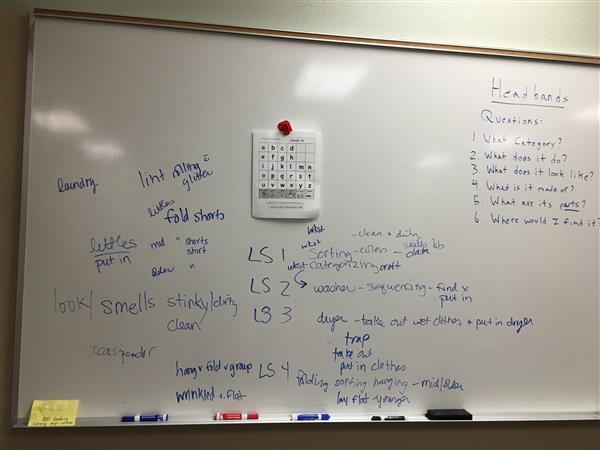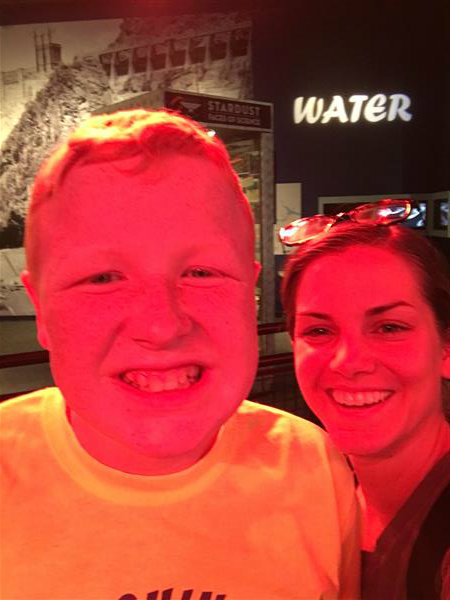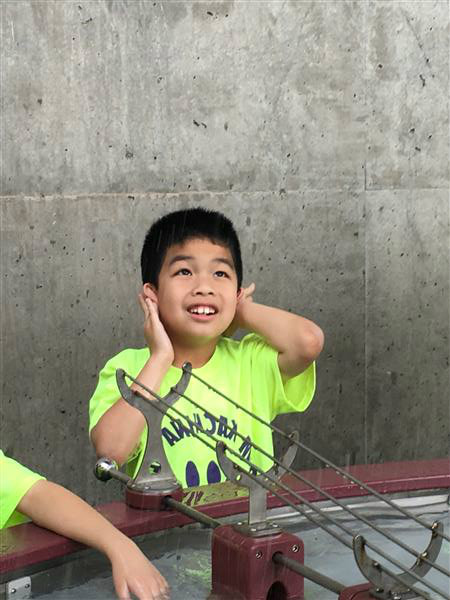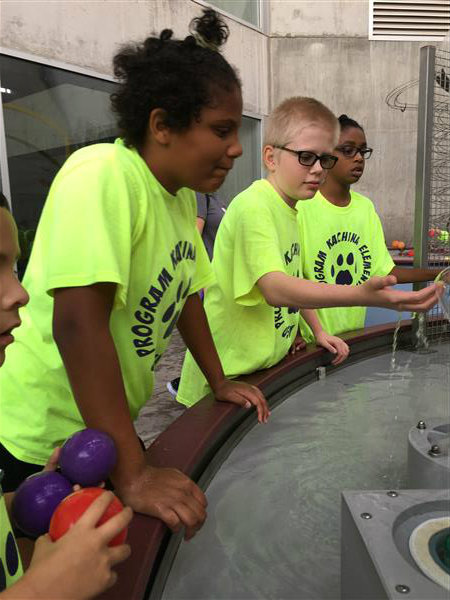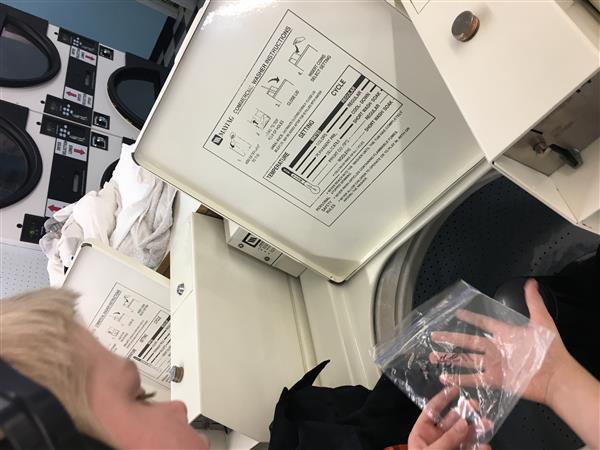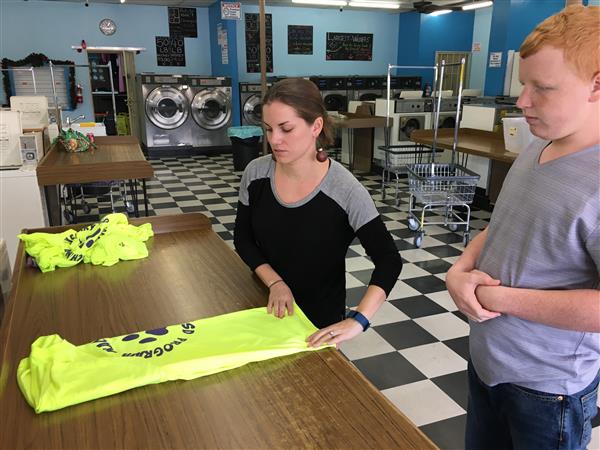- Kachina Elementary School
- Overview
Autism Program
-
The S.T.A.I.R.E.D. approach to ASD programming represents a vision that is consistent with the vision of the Peoria Unified School District, namely, Every student, Every day, Prepared to shape tomorrow. The icon depicted on all district webpages and official documents pictures people climbing stairs in preparation to shape our world for a better tomorrow. We believe all students travel these same steps in their journey to self-fulfillment and students with Autism Spectrum Disorders (ASD) are no exception. The S.T.A.I.R.E.D. approach is also an acronym, one that represents the steps taken, and evidence based practices implemented, by educators working with students with ASD.
STRUCTURE: A learning environment that is properly structured for students with ASD provides visual boundaries, schedules and communication aides, predictable routines, and expectations that are explicitly taught and reinforced.
TRAINED PROFESSIONALS: Trained professionals are provided with professional development that addresses commonly used evidence-based practices (EBPs) with opportunities to practice and receive feedback from supervising mentors and coaches, peer teaching staff, and administration.
ABC APPROACH: Staff working with students with ASD will be trained in, the functional or ABC Approach to interpreting behavior as being motivated, serving a purpose, and respondent to intervention.
INDIVIDUALIZED: Individualized programming is determined by students’ IEP teams. It includes standardized, universal, EBPs delivered to address the social, communicative and behavioral needs of all students with ASD. Individualized, intensive practices and more restrictive accommodations are reserved for individuals based upon the functional understanding of the individual’s needs.
REINFORCEMENT: Reinforcement and teaching of student expectations are critical universal strategies to increase the likelihood that students respond with, and are acknowledged for, correct behavior.
EXPECTATIONS: Every instructional team providing service to students with ASD will clearly define and post expectations, discuss expectations with students, and teach lessons to students to increase understanding of expectations. Lessons will be matched to the learner’s cognitive ability, communication skills, academic achievement and self-management skills and will include the support of visual aids, social stories and role-plays. Expected behavior will be reinforced through tangible and social reinforcement. The type and rate of reinforcement will be reflective of the child’s level of social, communication and emotional skills development.
DATA DRIVEN: Teams working with students with ASD will make Data Driven decisions. Staff will track progress on individualized goals and goals related to IEP services; academic achievement, discipline, and attendance will also be tracked. Decisions regarding future goals, services provided and accommodations and/or modifications to the IEP will be made following analysis of data.
